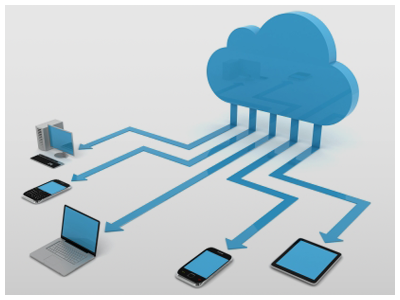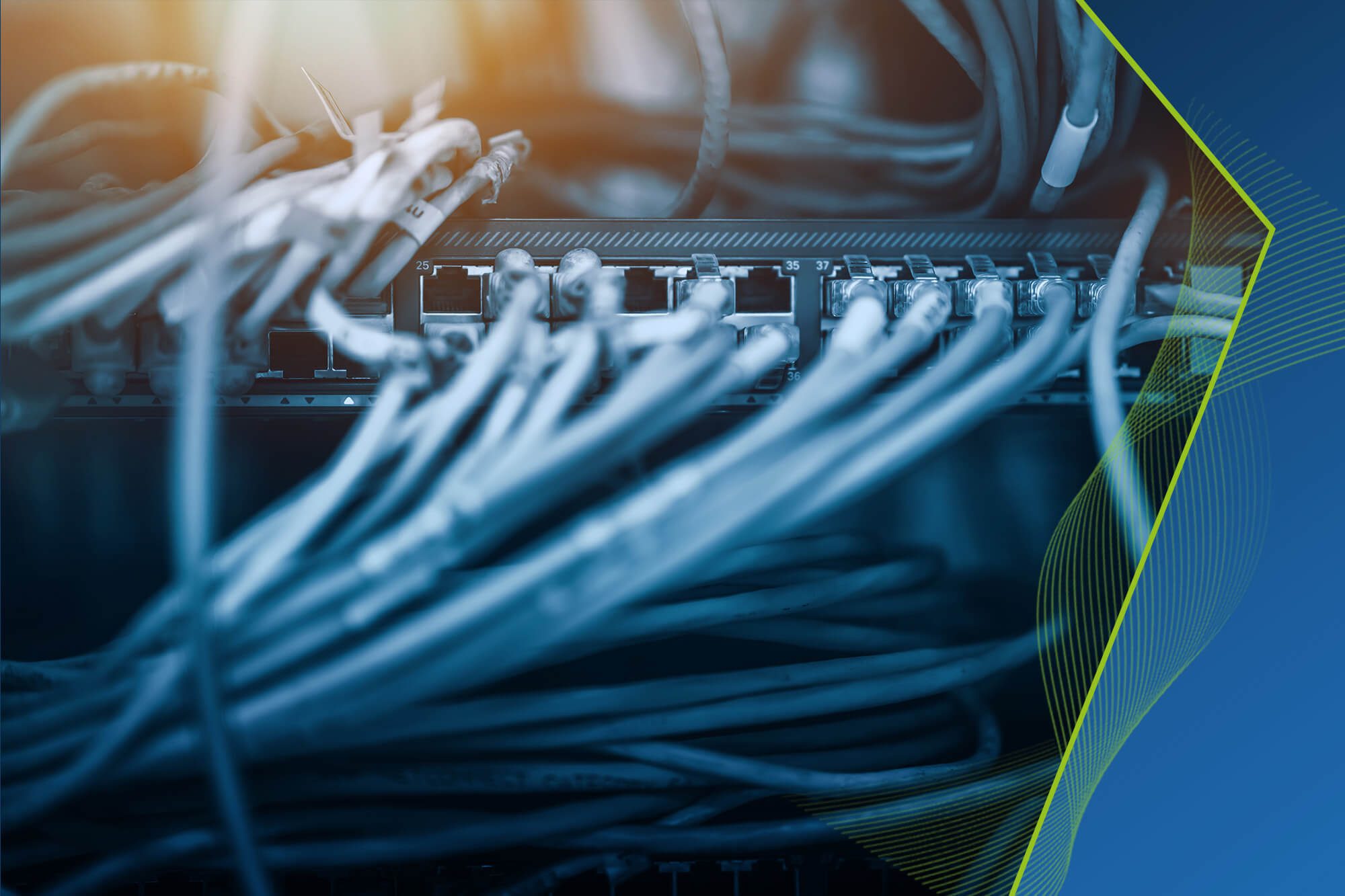When it comes time for a hardware refresh, many businesses are faced with deciding between new workstations or simply repurposing the workstations they have into thin-client machines that access remote desktops. A Virtual or Remote Desktop is a technology that replicates the look, feel, and performance of an actual workstation onto a server. Everything from processing power to storage takes place not on the actual client machine but on a server or “in the cloud.” There are certainly good reasons to consider virtual desktops, but there many pitfalls as well. Today we will cover some of the reasons why virtual desktops are so appealing to businesses, and you can check back tomorrow to learn about some of the limitations to virtual desktops.
Here are seven reasons your organization should consider Virtual Desktops:
- Accessible from anywhere. Because Virtual Desktops exist on servers that are accessed remotely, it is typically quite simple to configure the system to allow users to access their profile from any internet connected device. From being able to work the same way from a work desktop or home laptop to being able to access a saved file from a smart phone, Virtual Desktops allow users the freedom and agility to access files and applications from most any location.
- Limited hardware purchase (if any) required. Most workstations manufactured in the last decade have sufficient memory and decent connectivity features. As a result, organizations can deploy Virtual Desktops from a server and use existing hardware (even if it has aged quite a bit) to access those desktops. True, the VDIs themselves carry a cost, as does the hardware or hosting where they reside. But actual employee hardware often need not be refreshed. And in the event that an employee or entire organization needs new machines, thin client offerings or low-power machines are less expensive then full workstations and can handle serving the virtual desktop just fine.
- Greater administrative control. From an IT services perspective, having virtual machines means that IT administrators and engineers can more easily monitor and manage employee resources. For example, a support request can be handled by the technician logging into the virtual desktop quickly and easily instead of having to provide on-site support for the issue. Furthermore, most software powering Virtual Desktops provides reporting tools that let IT administrators know everything from usage metrics to support history at a moment’s notice.
- Easier deployment and standardization. Installing a new operating system or new copy of Microsoft Office on a dozen different machines can be a time-consuming chore. With Virtual Desktops, applications, updates, and patches can be pushed to all of the Virtual instances at once, making upkeep and management a breeze.
- Decreased support burden. Standardized virtual desktops mean that IT administrators can control what applications and downloads are allowable. As a result, fewer instances of malware or viruses occur because the overall system is more secure than if each employee has their own network-connected hardware.
- Decreased usage costs. Virtual desktops consume fewer resources than standard workstations. This means saving on your electricity bill. If your organization has more than a few employees and is using virtual desktops, the savings can add up in a hurry.
- Device agreeability. Whether your users are on PCs or Macs, Surface tablets or Android, most remote desktops can be accessed from any system. And with the advent of “BYOD” (bring your own device) in the enterprise, using Virtual Desktops means that most any hardware your employees choose will be compatible with the Virtual Desktop solution.
Virtual desktops can offer significant flexibility, reduced costs, and increased administrative control in many situations. However, the slow pace of adoption in the last decade indicates that many businesses still have concerns about the virtual desktop model. Are those concerns valid or simply a product of antiquated thinking in an ever-changing business world?
Tomorrow we will take a look at some of those concerns so that you and your team can be properly prepared to evaluate all options when you start to think about refreshing your hardware. In the meantime, click here to learn more about the data and connectivity needed to deploy a Virtual Desktop environment throughout your organization!







